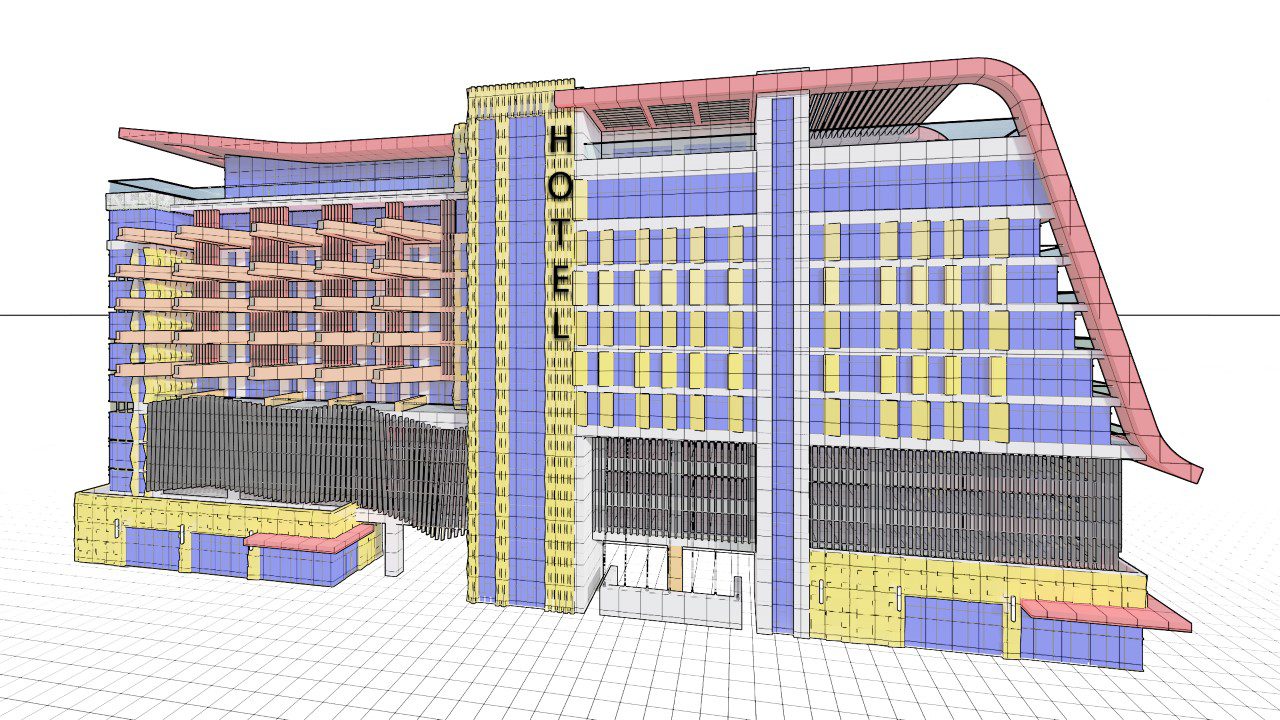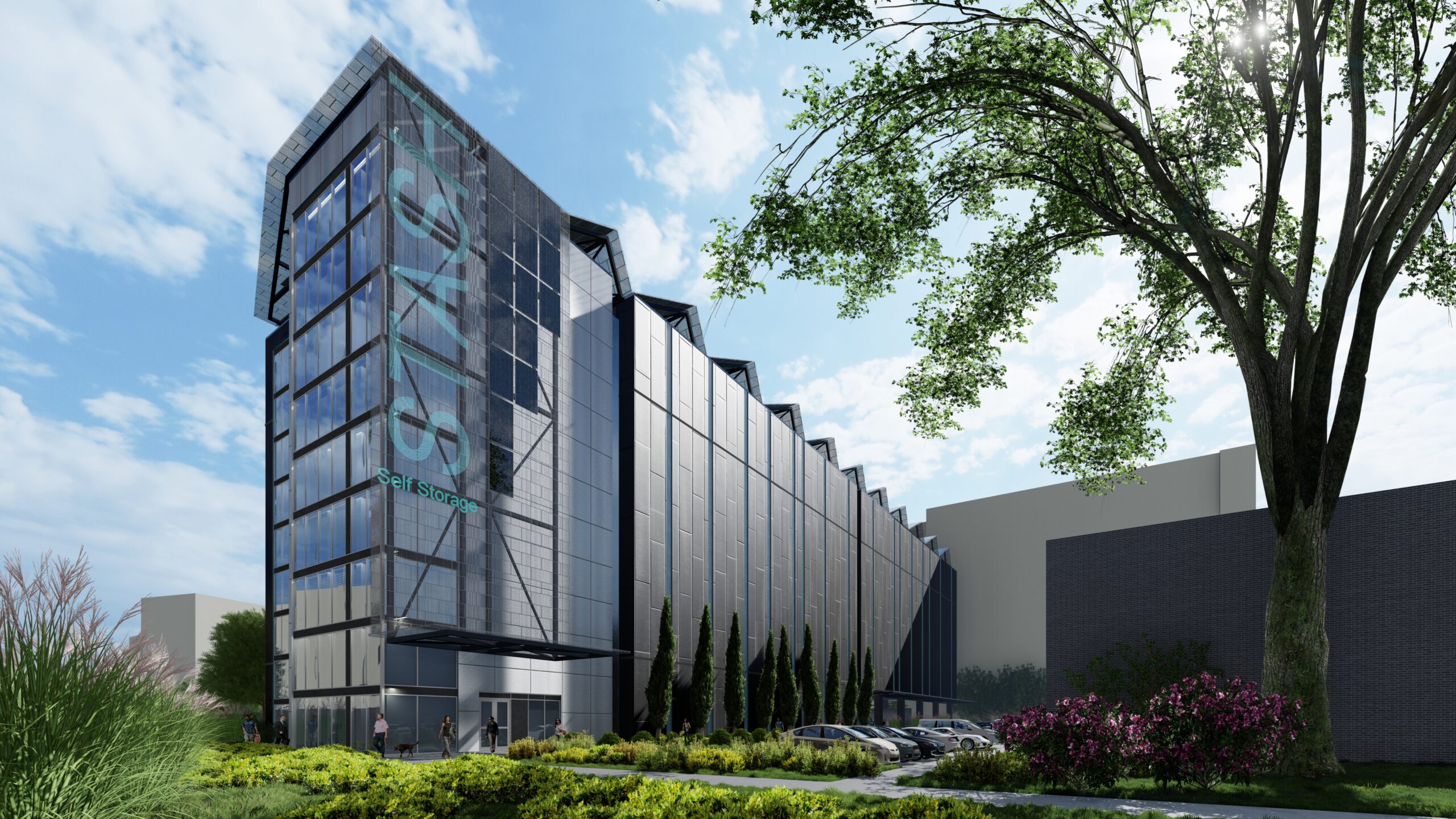Retain the Creative Spirit When Designing and Constructing Hotels
BIM (BUILDING Information Modeling) emerged in the 1980s and is a useful tool for architectural and construction efficiencies and accuracies. However, for all its usefulness, BIM also can be a crutch for architects and contractors. Does BIM technology shorten the hotel construction process?
In his 1970 book, “Future Shock,” Alvin Toffler warned that too much change in a short period of time leads to the phenomenon of information overload. Toffler forecasted a “paralysis” caused by this rapid technological change.
HOW DID WE GET HERE?
Looking back 50 years, buildings were hand drawn. While tedious, every pencil stroke was a deliberate design decision that was carefully considered. Architects understood what each pencil stroke represented in describing how the building was constructed and relaying the design intent to the contractor. During construction, if there was a question, the contractor simply picked up a landline telephone and had a short conversation with the architect for clarification. There were no faxes, cellphones, email, internet, or electronic drawings.
With the assistance of the architects, engineers, and subcontractors, the contractor built hotels in approximately the same time frame (or quicker) than in today’s technologically oriented construction environment. Construction isn’t an exact science, and every detail cannot possibly be drawn. The contractor must make decisions to complete many details. It’s considered construction ways and means and experienced contractors understand that it’s often their responsibility to connect the dots in the field.
CAD and BIM (Revit) were popularized in the late 1980s, and all drawings were being constructed electronically within 15 years. Technology included faxes, cellphones, the internet, email, and cloudbased data storage. During the past decade, the construction industry has developed strategies to use BIM and robotics in the field to provide wall layouts and organize all building systems that must be seamlessly organized in the building. The process has become overly exacting, forcing contractors to tediously construct hotels to the nearest millimeter.
THE MILLION-DOLLAR QUESTION
Having worked in the construction industry as a laborer and owned a commercial construction company in the ‘80s, we simply didn’t have the technological tools that are available today. While the current economy is experiencing labor and material shortages, the construction industry has historically experienced similar challenges. BIM helps to offset these labor shortages while specifying more accuracy. But, does this overload of technology allow architects, engineers, and contractors to become too dependent on the technology?
For architects, BIM precludes much of the creative thinking, allowing inexperienced architects to be less proficient in understanding how building materials fit together. For contractors, BIM technology often creates an inability to seek the ways and means of constructing the hotel. If the BIM model discovers a dimensional discrepancy of 1″, it often leads to time-consuming RFIs (requests for information) to locate the 1″. Before BIM models were used in the field, the contractor would pick up a scrap of 2×4, grab a pencil from behind his ear, and use basic math skills to identify where the 1″ discrepancy originated. As predicted by Toffler, technology that is too burdensome often leads to paralysis and slows the construction progress.
“The efficiencies these technologies offer will be critical as the urban population doubles every 11 years, accelerating demand for new hotels.”
In his 2015 book, “The Glass Cage,” Nicholas Carr mused that “while digital technology promotes efficiency and convenience, it takes away even more.” As recently illustrated in the construction industry, digital technology can take away the human element.
Surely no one is advocating for less technology or retreating from the advances that have been made in the architectural and construction industries during the past 40 years. Technology will continue to advance. In the future, buildings will be designed by computer algorithms, virtual reality, augmented reality, hybrid reality, and generative design. Buildings will be literally printed by technology. The efficiencies these technologies offer will be critical as the urban population doubles every 11 years, accelerating demand for new hotels.
Architects and contractors should use technology as a tool and not as a crutch, and we should champion the human element of being more entrepreneurial and discovering ways and means to construct buildings. We shouldn’t be handcuffed to BIM or future technologies. For thousands of years, buildings were built accurately and efficiently before BIM was developed. Hotels should still be designed and constructed with the creative human spirit that technology will never be able to provide. BIM technology cannot design or build your hotel.
Let’s discuss turning your vision into a masterpiece!
Stephen F. Overcash (704) 905-0423 – Managing Principal, ODA Architecture




